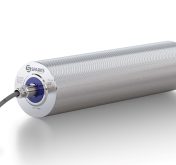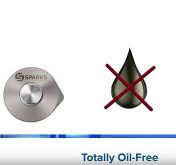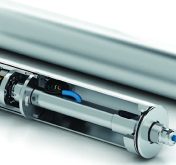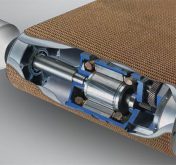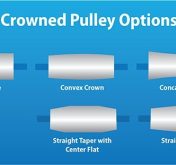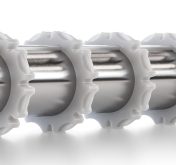
Marel Relies on Synchronous Motorized Pulleys
The 6,300-employee-strong leading global provider of advanced processing systems and services to the poultry, meat, and fish industries, Marel, sees an increasing demand for more hygienic designs and thus wants to increase the use of motorized pulleys on the conveyors they supply to their food processing customers. The German company Momentum Technologies, with its US partner Sparks Belting, is one of the partners to support this design choice with their new oil-free synchronous motorized pulleys, which are the coolest and strongest currently available.
Read More